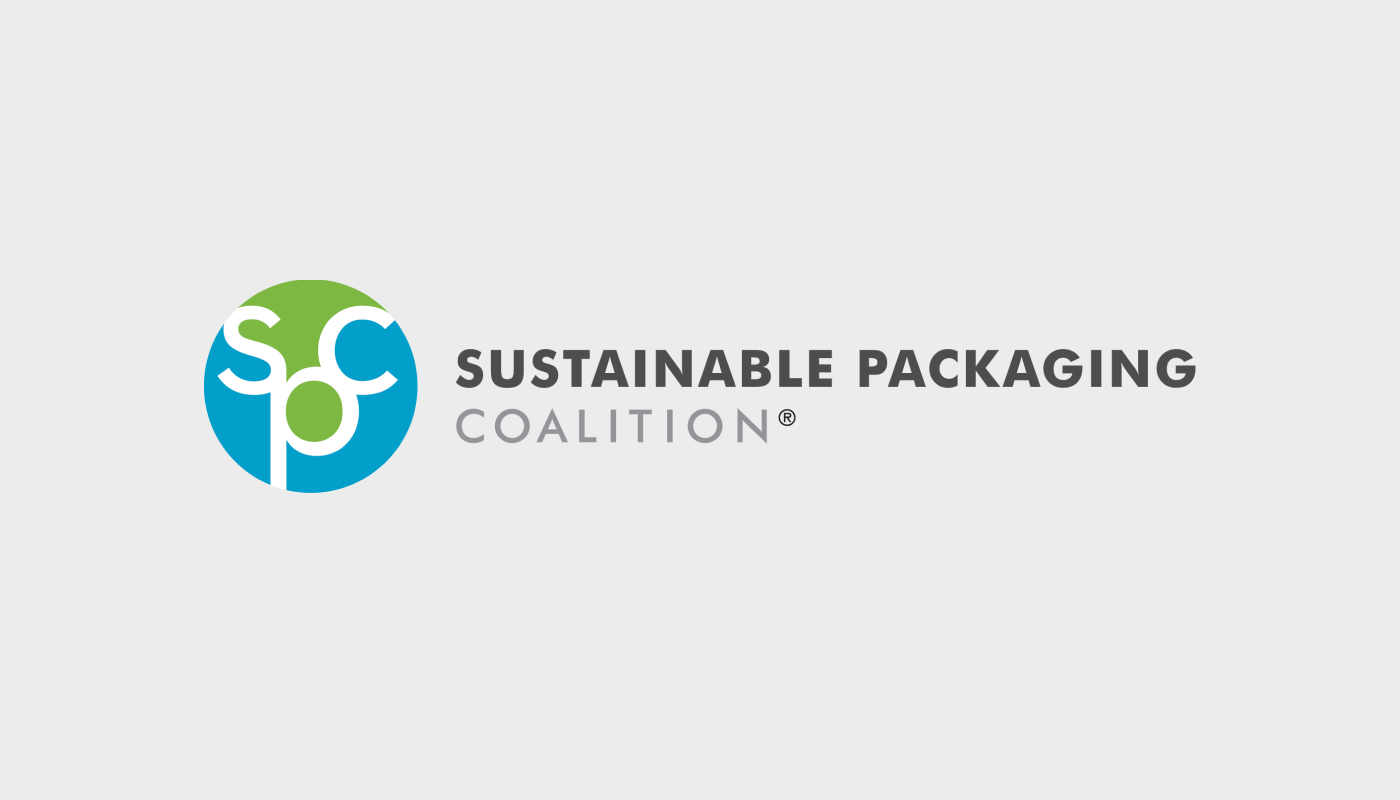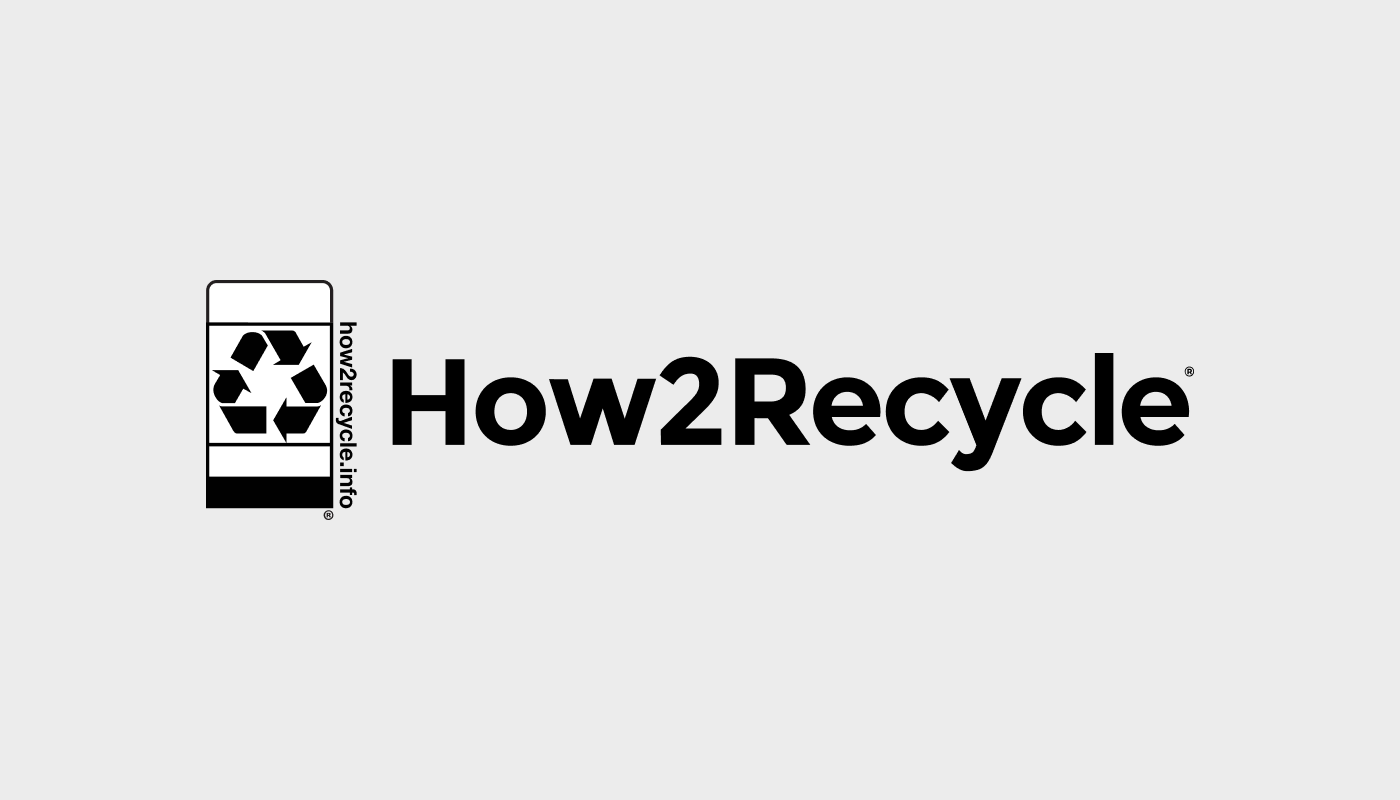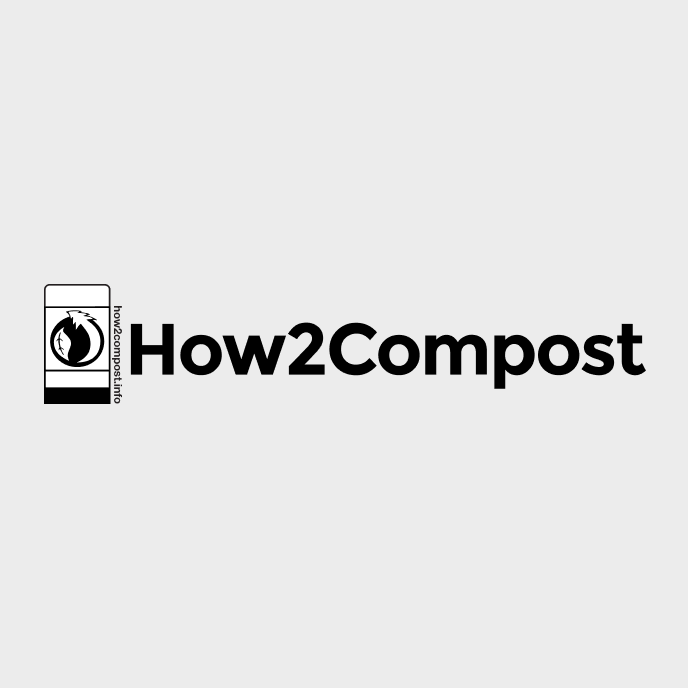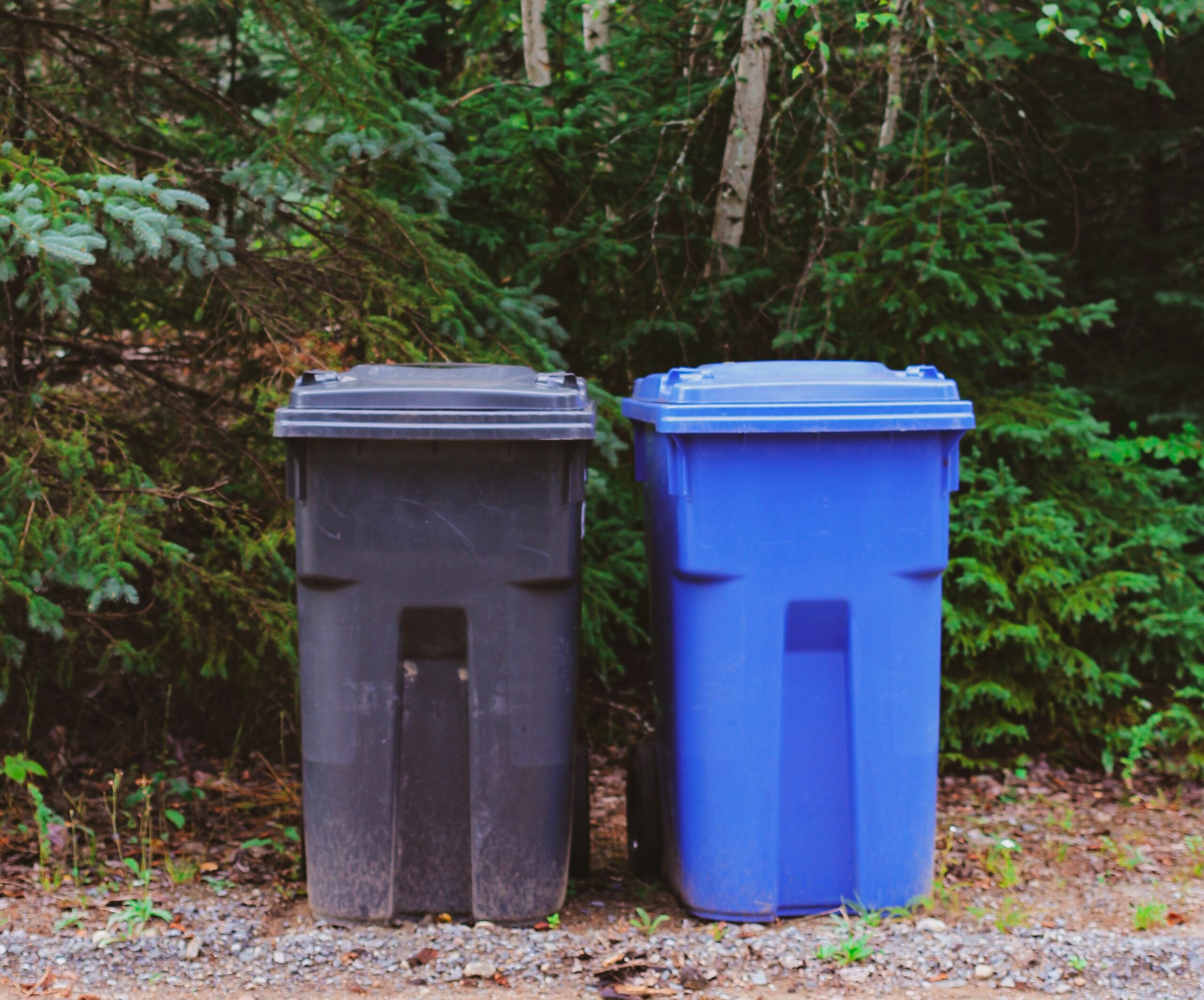Reflections on Earth Day: Recycling’s Gaps & Opportunities
April 22, 2024
Before the first Earth Day in 1970, the natural environment across the United States seemed to be in tatters. Oil splurged across the shores of Santa Barbara, smog blanketed skies in Los Angeles, and oil-coated rivers caught fire in Ohio. Dennis Hayes, an organizer of the first Earth Day, helped turn those tatters into action, “Earth Day gathered up those strands, and dozens more, and knitted them together in the public consciousness as ‘environmental’ issues.”
In the years that followed, the passage of legislation like the Clean Air and Clean Water acts and the formation of the Environmental Protection Agency marked seismic shifts in our country’s environmental response. Throughout that same decade though, a more mundane shift that would help curb pollution, save energy, and conserve water was underway.
Recycling was picking up steam.
Throughout the 1970s, communities across the country rolled out curbside recycling programs, they built the first MRFs, and importantly, they helped make recycling a mainstream concept.
Today we know the potential that recycling—and other solutions like sustainable design, reuse, and compostable packaging—have on our environment, energy, and water. In the decades since that first Earth Day, the recycling system has seen incredible innovations, from large-scale curbside recycling programs to robotic sorting machines. But we’ve also seen the recycling system struggle to keep pace with production.
I’m sure you’ve heard statistics like this: Only 9% of plastics are recycled, or maybe that plastic waste makes up 80% of marine pollution. These widely dispersed statistics are emblematic of the public conversation about recycling—a conversation that’s focused on the system’s shortcomings. Take the perspective of Wasteland author, Oliver Franklin-Wallis:
“Recycling has been called a myth and beyond fixing as we’ve learned that recyclables are being shipped overseas and dumped (true), are leaching toxic chemicals and microplastics (true) and are being used by Big Oil to mislead consumers about the problems with plastics.”
Franklin-Wallis has traveled the world to investigate and research the global waste system, meeting with waste pickers and MRF administrators alike. In his research, he found what rang true to the first Earth Day organizers: We have one Earth, it’s connected, and consequently, the waste we produce doesn’t exist in a vacuum, it has repercussions that ring around the world.
In his latest piece for The New York Times, Franklin-Wallis helps characterize the public sentiment around recycling, but, more vitally, he outlines the solutions toward fixing a system with incredible potential.
So this Earth Day, the How2Recycle team is breaking down Franklin-Wallis’ insights and following his lead. We’re looking clear-eyed at the gaps in the recycling system to inform concrete solutions. In doing so, we hope that by next Earth Day, recycling—at least our corner of the system—will reap better outcomes for our environment.
The Gaps in Recycling
In his opinion-editorial, Franklin-Wallis points out several prominent flaws in the recycling system.
For starters, one of the most often discussed flaws in the recycling system is that plastics are recycled much less frequently than the public assumes. Franklin-Wallis cites statistics showing that the PET recycling rate is about 30%. He points to other plastics that fare worse, with recycling rates below 10%. To consumers, the takeaway from these statistics could be that 70%-90% of the waste they recycle isn’t getting recycled. The reality is that these gaps exist largely because 79% of recyclable waste never even enters the system—which needs to be solved. And the effect is that trust in the system is eroded.
Franklin-Wallis also sheds light on the fact that, in the United States, landfilling is quite prominent compared to other major economies: “According to the E.P.A., America’s national recycling rate, just 32 percent, is lower than Britain’s 44 percent, Germany’s 48 percent and South Korea’s 58 percent.” Together, a low recycling rate and a high landfill rate create a sort of one-two punch, undermining trust in the system.
However, what might be most visible to the public is the pervasive downstream effects of low recycling rates paired with high landfill rates. In his book, Wasteland: The Secret World of Waste and the Urgent Search for a Cleaner Future, Franklin-Wallis points out that, with time, landfills pose greater environmental threats, “Over time, they erode, until inevitably they spill their contents.” The combination of low recycling rates, high landfill rates, and the addition of any polluted waste, paves the way for marine waste and microplastic pollution, both of which garner significant attention.
Taken together, Franklin-Wallis creates a clear narrative throughline: The recycling system is “broken,” the alternative (landfilling) is dangerous, and the consequences to our health and our environment are pervasive.
He identifies the gaps in the system but looks to the past to inspire improvement rather than abandoning recycling: “Yes, recycling is broken, but abandon it too soon, and we risk going back to the system of decades past, in which we dumped and burned our garbage without care…”
And so, we turn to the promise of an improved recycling system.
The Promise of an Improved Recycling System
Recycling has untapped—or perhaps less noted—potential. From an economic point of view, as Franklin-Wallis points out that more recycling means more jobs: Recycling creates as many as 50 jobs for every one created by sending waste to landfills.
Of course, from an environmental perspective, recycling has incredible benefits. When we recycle instead of landfill, we can reduce landfills’ methane emissions. Franklin-Wallis points to improved energy efficiency and water conservation as well, with steel recycling saving 72% of the energy and 40% of water it would take to produce new steel.
So, how can we meet that potential?
In his editorial, Franklin-Wallis proposes several solutions for improving the recycling system, including:
- Government intervention
- Responsible design from companies
- Transparency around recycling rates
- Clear labeling
Labeling is where we come in. Clear labeling leads to clear decisions. Our research shows that 87% of consumer participants found the How2Recycle label to be helpful for informing their disposal action.
Of course, we also hope that this clarity—understanding what you can and can’t recycle—does more than inform one person’s disposal decision. Clear labeling can increase consumers’ participation in the recycling system, and directly impact broader recycling rates. Plus, at a deeper level, we want consumers to feel empowered in their informed decision-making so that we can help to restore trust in the recycling system’s potential to improve environmental outcomes.
Our labels help to demystify the recycling process for consumers, but our work doesn’t start—or end—there. The team at How2Recycle helps members improve packaging design and the quality of recycled materials. We also conduct rigorous recyclability assessments and consumer research to ensure that our labeling is both accurate and actionable.
From the moment a piece of packaging crosses our desks for assessment to the time of disposal for a product, we’re working to make sure that we capitalize on the potential in the recycling system.
Still, our work isn’t over. We’re proud of the progress we’ve made so far as an organization, but we won’t ignore the problems still looming in the recycling system. That’s why, this Earth Day, we’re looking at the problems directly that expert Oliver Franklin-Wallis outlined, and we’re promising to continue working toward solutions—like improved packaging design, on-pack labels, and consumer education tools—alongside our members to address these problems and drive better environmental outcomes.
Learn more about our work to drive responsible recycling and design or become a member to help your organization reach your recyclability potential.
By MK Moore, Communications, Content & Design Manager







